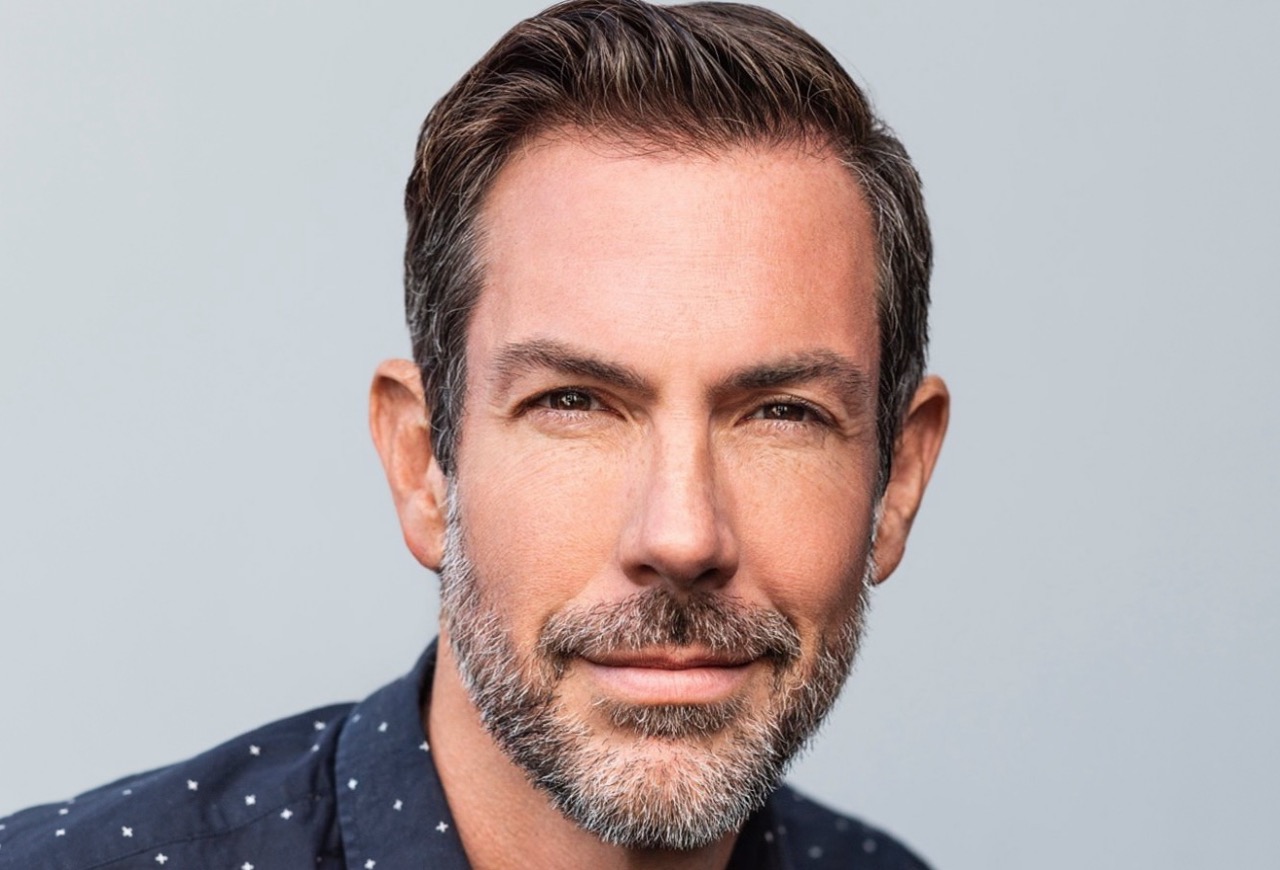Experts from the Good Fashion Fund, Fashion for Good, Laudes Foundation and Apparel Impact Institute talk to Impact Investor about breaking the barriers to investment and why the opportunities should not be ignored

In brief
- In order for the fashion industry to reach net zero by 2050, $1tn (€950bn) is needed according to a recent report
- In addition to GHG emissions, water usage, chemical pollution, loss of biodiversity and social injustice must be considered
- Greater visibility, awareness, collaboration and investment in innovation are highlighted as key to diving systemic change in the industry
- Experts from the Good Fashion Fund, Fashion for Good, Laudes Foundation and Apparel Impact Institute discuss the obstacles and opportunities for the industry
“Lack of financing in the fashion space has been a problem for a long time,” says Rogier van Mazijk, investment director at Fashion for Good, an Amsterdam-based global innovation platform for the fashion industry.
The global platform co-authored a report with the Apparel Impact Institute last year about the fashion decarbonisation opportunity and the need to invest in both existing solutions and innovation to tackle the vast amounts of carbon released into the atmosphere by the fashion supply chain.

“We tried to quantify the volume of money needed to solve the problem and get the industry to net zero by 2050 and we arrived at a figure of $1tn, but this will require overcoming multiple barriers and a concerted effort by a wide range of players,” explains van Mazijk.
To highlight the extent of the problem, the report puts the industry’s share of annual global greenhouse gas emissions at two percent, although it acknowledges that other reports have placed it as high as eight percent. A 2021 report by the World Economic Forum and Boston Consulting Group positioned the fashion industry in joint third place with fast-moving consumer goods as one of the most polluting supply chains, behind food and construction.
But the impacts of the industry extend beyond GHG emissions alone. Water usage, chemical pollution, loss of biodiversity, and social problems linked to labour conditions and gender equality, are among the plethora of issues that need greater attention and investment.
Bob Assenberg, fund director for the Good Fashion Fund, which was initiated by Fashion for Good, agrees that the issues are diverse, and the social element in particular should not be forgotten: “A lot of initiatives, including regulatory changes being put in place by the EU or individual European governments, are currently mostly related to environmental issues and the promotion of a circular economy but we want to tackle the social aspect in parallel and that’s where I think we stand out as a fund.”
Social change and lack of transparency
Assenberg says that although the investment case is harder for social change, driving more sustainable business practices and helping brands take ownership of the whole value chain cannot just be about tackling the environmental issues.

“Improving the social conditions for people working in the fashion value change might cost some money in the beginning but the benefits will be felt over the longer term as consumer demand for more ethical labour practices gathers pace, and it becomes increasingly apparent that running responsible business operations is the only way forward,” he adds.
When it comes to investment, few investment vehicles have put the fashion industry centre stage. Van Mazijk explains that this boils down to a lack of transparency in what is a very fragmented industry, with the vast share of impact in fashion generated by indirect greenhouse gas emissions in Scope 3. According to the report, 96% of emissions stem from Scope 3 across fashion brands with approved science-based targets.
“The problem is that, with few exceptions, there is no ownership with the brands to look at these things. Brands might have some influence over the first tier in the supply chain, for example who they select for the making and assembly of garments, but further down the tiers, from the dying of material right down to how the material is sourced and produced, is not in their control,” he says.
Assenberg adds that the fact that fashion impacts on so many different issues, has paradoxically hidden it from the view from many impact and other institutional investors. “Impact investors often like to invest along themes, such as water, energy and air pollution. Well, the fashion sector works across all these impact areas and more. There’s no bracket in the impact investment space that it fits neatly into, which means it’s not always front of mind when impact funds seek to tackle water scarcity, pollution or other issues.”

Lewis Perkins, president of the Apparel Impact Institute, which earlier this month announced the launch of a $250m Fashion Climate Fund with the ambition to remove up to 150 million tonnes of CO2 from the apparel supply chain, elaborates on this point and highlights the need for greater visibility and awareness.
“Up until this point, we have not made it clear to the investment community that when we talk about financial needs in transitioning to a sustainable supply chain, we are talking about many of the same investment opportunities as we see in other sectors. Clean energy transition, clean tech for thermal heat, alternative materials to petroleum-based conventional materials, and regenerative agriculture, to name a few. We are now at a point where we can clearly signal the investment community to the verified solutions and create the demand needed to attract investors and lenders,” says Perkins.
A collaborative approach
Assenberg says that the fragmented nature of the industry also reduces the impact any given brand can have on the manufacturers in its supply chain, and a collaborative approach is needed to overcome this obstacle.
“The reason why there aren’t a lot of investments being made is that typically, manufacturers have 10, 20 or even 30 brands that they work for so it’s really difficult to push something through. If you only contribute 5-10% of the revenue of a particular manufacturer, it’s much harder to enforce change.”
Assenberg argues that by working together brands can impose the “collective power” needed to drive change. “One by one it’s too difficult. Every brand can’t be doing their own thing. If one brand focuses on energy efficiency and another on waste water treatment, that won’t work either. You need a more collective approach with all these brands to make things happen,” he says, adding that a number of brands and manufacturers were already working together to improve sustainability but that these examples needed to be replicated industry-wide.

Collaboration is also needed at the investor level, according to Leslie Johnston, CEO of Laudes Foundation, which is a founding funder of Fashion for Good and continues to work with the platform as a catalytic funder, as well as an investor in the Good Fashion Fund. Whilst Johnston is eager to highlight the flexibility and risk tolerance of philanthropic capital, and its ability to “also be disruptive and develop, test and scale ideas” she also recognises its limits in solving all the issues alone.
“Philanthropic funding alone is not enough. $90 trillion is needed by 2030 to adapt just the world’s infrastructure to net zero. We therefore need to be smart about how we use philanthropy to de-risk and accelerate transformation in high carbon emitting industries, such as the fashion industry, while at the same time mobilising public and private finance in the transition to a clean, resilient and just future for the industry and its employees,” she says.
A comprehensive response
Although van Mazijk agrees that greater collaboration has a role to play, he believes that the barriers to reaching net zero by 2050 and tackling the other problems within the industry are more complex and require a much wider-ranging response as well as significant investment in innovation.
“It is often argued that the industry should come together and convene to solve this problem but it goes beyond that,” he says, citing the nine barriers mentioned in the report, which in addition to the high degree of industry fragmentation, include limited awareness of the financial opportunity, the problem of individual projects being too small for most investors or externalities not currently being priced into the cost of apparel.
“Manufacturers are constantly being squeezed by the industry to produce ever cheaper items and it is difficult to see how this constant demand for lower prices can go hand in hand with sustainability. There has to be a sustainability premium.”
He says that many smaller manufacturers cannot afford to pay for the technologies and processes needed to improve their impact: “They need to be incentivised to make the shift to more sustainable practices and be offered a long pay-back time by investors.”
Innovation and opportunity
Assenberg says impact funds such as the Good Fashion Fund, that operate a blended finance structure, combining development funding with private capital, are a great fit for the fashion industry, as they lowered the barriers to entry for private investors.
In an interview last year, Impact Investor reported that the Good Fashion Fund had invested in Pratibha Syntex, a sustainable clothing manufacturer in India, which is using the investment to replace old machinery with sustainable equipment, significantly reducing the use of water, chemicals and energy in its operations as well as bringing considerable financial benefits to the business
He acknowledges that the pandemic had slowed fundraising efforts, but says the fund had several other opportunities in the pipeline, which would be ready for disbursements in the very near future.
Johnston highlights the investment opportunities saying that one of Foundation’s goals towards transforming fashion’s supply chains is to accelerate investment into alternative, regenerative materials and disincentives the use of fossil fuel-based materials.
She explains: “Given that the global wholesale market for next-gen materials – specifically alternatives to animal-based fibres – is expected to grow to approximately $2.2bn (€2.1bn) by 2026, this transformation represents a significant business opportunity. Fashion for Good is an example of how we look to build confidence in sustainable fibre alternatives and offer tangible investment opportunities.”
Van Mazijk mentions several innovations that Fashion for Good is currently helping to develop through its platform, including TrusTrace, a Swedish firm which is improving transparency in the supply chain by automating the chain of custody from raw materials to final goods, and Renewcell, a textile recycling company, also from Sweden, which has created Circulose, a branded product made out of 100% textile waste.
“We try to identify real disruptive innovators that could change the way that things are done. If you can get just one of these innovations right, they have the potential to make a huge difference,” he adds.
Perkins also points to the investment opportunities for the financial sector and the fashion industry itself. “Many of the solutions that we’ve identified, including energy efficiency and renewable electricity have a strong financial business case and are ripe for investment even when not taking into account the ESG benefit. In addition to the financial business case, these investments present strong carbon reduction opportunities that can help financial institutions and the industry meet their carbon reduction targets.”
Looking to the future, Assenberg adds that he expects the industry to see a lot of “improvements and potential” in the coming years. “Given where we are today in society, I don’t believe there’s any turning back. Things will move and this will be driven by impact investors, by the banks, by regulations, which will become ever stricter and by increasing demand from consumers, forcing brands to take ownership of practices across the whole value chain.”





